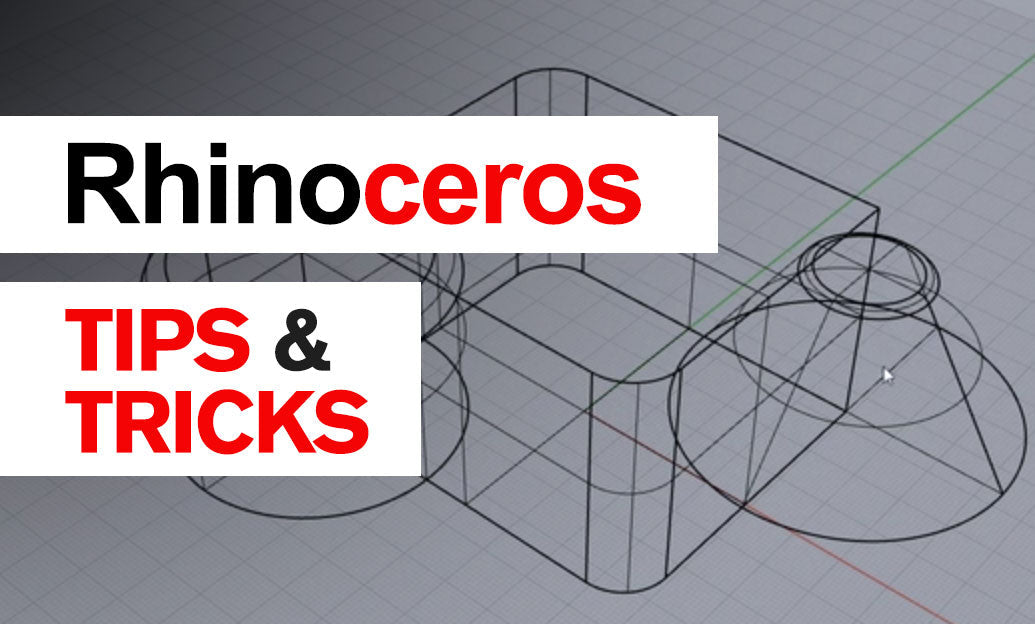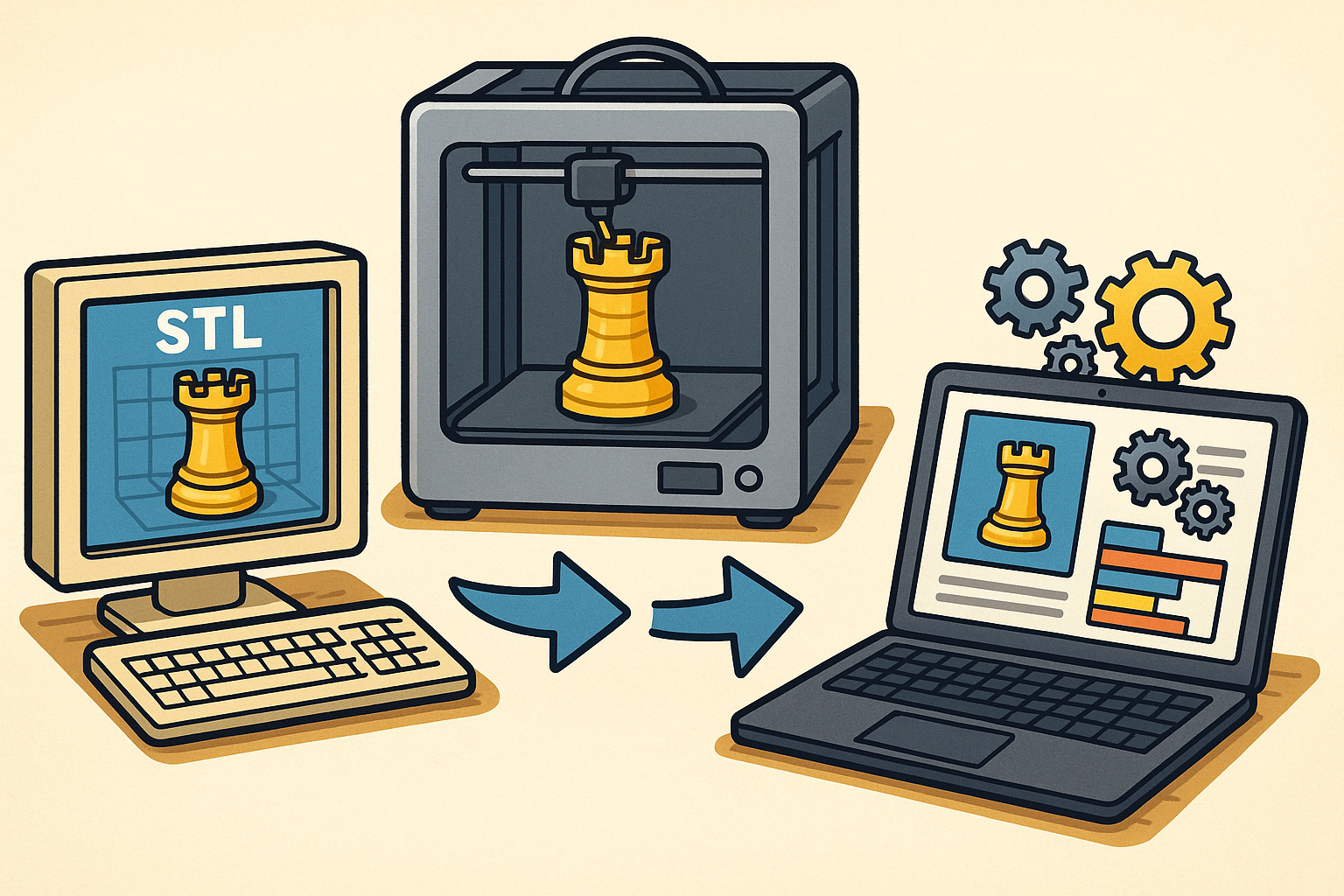Your Cart is Empty
Customer Testimonials
-
"Great customer service. The folks at Novedge were super helpful in navigating a somewhat complicated order including software upgrades and serial numbers in various stages of inactivity. They were friendly and helpful throughout the process.."
Ruben Ruckmark
"Quick & very helpful. We have been using Novedge for years and are very happy with their quick service when we need to make a purchase and excellent support resolving any issues."
Will Woodson
"Scott is the best. He reminds me about subscriptions dates, guides me in the correct direction for updates. He always responds promptly to me. He is literally the reason I continue to work with Novedge and will do so in the future."
Edward Mchugh
"Calvin Lok is “the man”. After my purchase of Sketchup 2021, he called me and provided step-by-step instructions to ease me through difficulties I was having with the setup of my new software."
Mike Borzage
Cinema 4D Tip: Enhancing Animation Workflow with Cinema 4D's Timeline Features
February 23, 2025 2 min read

The Timeline in Cinema 4D is an essential tool for animators, providing a comprehensive overview of all animated elements within your project. Mastering the Timeline enhances your workflow, allowing for precise control over keyframes and animation sequences.
Here are some tips to effectively use the Timeline:
- Understand Tracks and Keys: Each animated parameter has its own track in the Timeline. Keys represent specific values at certain frames. Familiarize yourself with navigating tracks and manipulating keys to adjust your animations efficiently.
-
Utilize the Dope Sheet and F-Curve Modes: The Timeline features two main modes:
- Dope Sheet: Provides a high-level view of your keyframes, allowing for quick timing adjustments.
- F-Curve Mode: Offers detailed control over the interpolation of animations through curves. Use this mode to fine-tune motion dynamics.
- Group and Organize Animations: Use the Layer system within the Timeline to group related animation tracks. This organization simplifies complex scenes and allows you to isolate and edit specific parts of your animation.
- Use Markers for Reference: Place markers on the Timeline to denote important events or reference points. Markers help in coordinating animations and syncing with audio or other cues.
- Adjust Keyframe Interpolation: Modify the interpolation between keyframes to control the speed and flow of animations. Right-click on a keyframe to access interpolation options like Linear, Spline, or Step modes.
- Employ Time Scaling: Use the Time Scale tool to compress or expand sections of your animation. This is useful when you need to adjust the timing of multiple keyframes simultaneously.
- Filter Tracks: Use the filtering options to focus on specific objects or parameters. Filtering makes it easier to navigate large projects by displaying only the relevant tracks.
- Customize the Timeline Interface: Adjust the layout and appearance of the Timeline to suit your workflow. You can rearrange panels, customize colors, and save layouts for future projects.
- Enable Automatic Keyframing: Activate the Auto Keyframing feature to automatically create keyframes when you adjust parameters. This streamlines the animation process by reducing manual keyframe insertion.
- Learn Keyboard Shortcuts: Familiarize yourself with Timeline-specific shortcuts to speed up your workflow. Shortcuts for navigating frames, selecting keys, and toggling modes can significantly enhance efficiency.
By leveraging these features, you can maximize the potential of the Timeline and create more dynamic and precise animations. Continuous practice and exploration of the Timeline's capabilities will lead to a more efficient animation process.
For more advanced tips and professional 3D software solutions, visit NOVEDGE—your trusted source for the latest in 3D modeling and animation technology.
You can find all the Cinema 4D products on the NOVEDGE web site at this page.
Also in Design News

Rhino 3D Tip: Rapid Raytraced Viewport Previews for Rhino Render
December 21, 2025 2 min read
Read More
Design Software History: From STL to Manufacturing OS: The Evolution of Additive Manufacturing Software
December 21, 2025 14 min read
Read More
Heat-Treatment and HIP Simulation in CAD/PLM: Turning Post-Processing into a Design Variable
December 21, 2025 12 min read
Read MoreSubscribe
Sign up to get the latest on sales, new releases and more …


